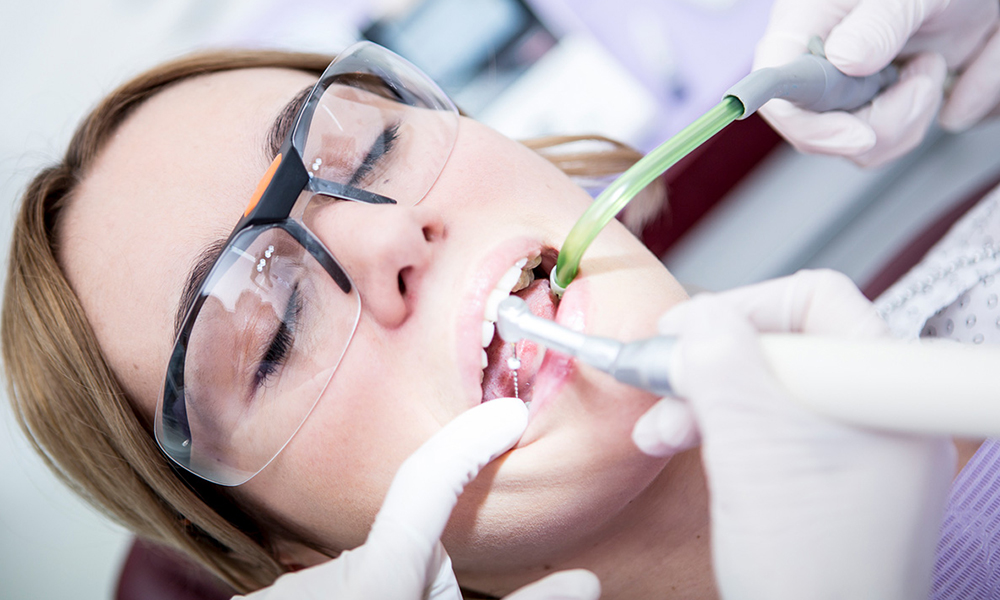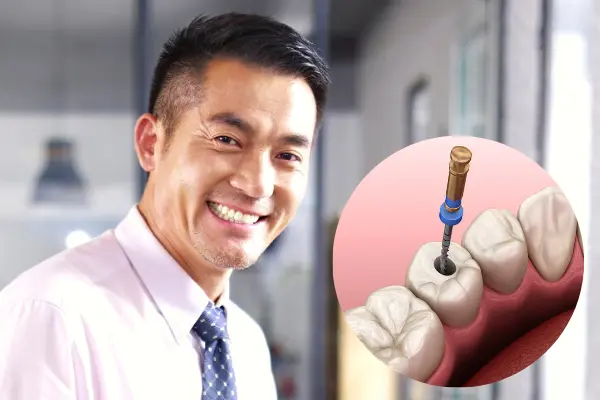
When it comes to dental procedures, there are a few apprehensions about root canal treatments. However, with the advancements in dental technology and techniques, RCT has become a popular routine procedure that can save the teeth and even help in reducing the pain. If you require dental care, then consider consulting with a family dentist in Upland, CA, for expert advice and treatment options.
What is Root Canal Treatment?
Why is RCT necessary?
There are several reasons why RCT is considered necessary. Some of them are:
- Severe decay of tooth – When the decay or damage of the tooth reaches pulp, it can cause pain and infection.
- Trauma to the tooth – A fracture or severe impaction can damage the pulp, leading to inflammation and infection.
- Repeated dental procedures – If the patients have multiple treatments on the same tooth, it can irritate the pulp, necessitating RCT.
The Procedure of RCT
- Diagnosis – Your dentist will start the procedure by taking X-rays to examine the condition of the tooth and surrounding bone.
- Anesthesia – Local anesthesia will be administered to ensure a comfortable and pain-free procedure.
- Access opening – Your dentist will create an opening in the crown of the tooth to access the chamber of the pulp.
- Removal of pulp – The infected or damaged part of the pulp is removed using specialized instruments.
- Cleaning and shaping – The interior region of the tooth is cleaned, shaped, and disinfected to prepare the tooth for restoration.
- Filling – The cleaned area is then filled with a biocompatible material called gutta percha to seal the tooth and prevent further infection.
- Restoration – Finally, the tooth is restored with a crown or filling to regain its function and appearance.
Post Procedure Care
After the RCT, it is normal for patients to experience some discomfort. Over-the-counter pain relievers usually manage the pain. Your dentist will provide advice on some methods for successful aftercare. It can include:
- Avoid any edibles that are hard or chewy until the tooth is completely restored.
- Maintaining good oral hygiene for the prevention of infection.
- Attending the follow-up appointments properly to ensure proper healing.
Benefits of RCT

- Tooth Preservation – RCT helps keep the tooth’s appearance natural, which is vital for maintaining bite and alignment.
- Pain relief – The procedure alleviates pain caused by infection or inflammation.
- Long-term solution – If proper care is taken, a tooth which has undergone RCT can last for a lifetime.
Choose the Right Dentist
When you are considering RCT, it is vital to choose a qualified and personalized dentist. Try to choose someone who has a proven track record of excellence and is experienced. A professional will guide you through the entire process, ensuring that you feel comfortable and informed at every step of the treatment.
Conclusion
The Root Canal treatment may seem daunting, but it is a safe method to save the tooth and relieve the pain. Try to connect with an expert so that you are assured of having good care and are on your way to attaining a healthy smile. Additionally, remember that maintaining your dental health is a vital and timely intervention that can make a difference. So don’t hesitate to ask for help and achieve a beautiful smile because you deserve it!




